At Home With The Toyodas - And A Mysterious Cherry Tree

Today, I went on a very early morning Shinkansen to Nagoya. The idea was to have me kind of certified as a Toyota-accredited journalist. I don’t know whether I qualified. I flunked the required rattling-off of the 12 Toyota plants in Japan. However, I was invited into Toyoda’s house.
Not Akio Toyoda’s house. His grandfather Kiichiro Toyoda’s house. He was the founder of Toyota. The house was built in 1933, and as you can see, the house would be just as much at home up the Hudson or in Georgetown as it is in the green hills near Toyota City.
What was interesting is what I found in the somehow unruly weeds next to the house: A little cherry tree. What makes a little cherry tree in Japan so interesting? A little sign. It says in Japanese and English: “Commemorating Toyota’s New Start.” And then a date: “2011-2-24.”
What happened on February 24, 2011? Not much. But what happened a year before? That’s right: Akio Toyoda took to The Hill and was grilled by Congress. A little bit less than a year later, on February 8, 2011, Toyota was formally exonerated. Nobody apologized. There wasn’t even a “thank you” for the three times $16.4 million the NHTSA had collected from Toyota.
It is fascinating that the congressional barbecue is remembered as a new start somewhere in the woods near Toyota City.

Bertel Schmitt comes back to journalism after taking a 35 year break in advertising and marketing. He ran and owned advertising agencies in Duesseldorf, Germany, and New York City. Volkswagen A.G. was Bertel's most important corporate account. Schmitt's advertising and marketing career touched many corners of the industry with a special focus on automotive products and services. Since 2004, he lives in Japan and China with his wife <a href="http://www.tomokoandbertel.com"> Tomoko </a>. Bertel Schmitt is a founding board member of the <a href="http://www.offshoresuperseries.com"> Offshore Super Series </a>, an American offshore powerboat racing organization. He is co-owner of the racing team Typhoon.
More by Bertel Schmitt
Latest Car Reviews
Read moreLatest Product Reviews
Read moreRecent Comments
- Alan As the established auto manufacturers become better at producing EVs I think Tesla will lay off more workers.In 2019 Tesla held 81% of the US EV market. 2023 it has dwindled to 54% of the US market. If this trend continues Tesla will definitely downsize more.There is one thing that the established auto manufacturers do better than Tesla. That is generate new models. Tesla seems unable to refresh its lineup quick enough against competition. Sort of like why did Sears go broke? Sears was the mail order king, one would think it would of been easier to transition to online sales. Sears couldn't adapt to on line shopping competitively, so Amazon killed it.
- Alan I wonder if China has Great Wall condos?
- Alan This is one Toyota that I thought was attractive and stylish since I was a teenager. I don't like how the muffler is positioned.
- ToolGuy The only way this makes sense to me (still looking) is if it is tied to the realization that they have a capital issue (cash crunch) which is getting in the way of their plans.
- Jeff I do think this is a good thing. Teaching salespeople how to interact with the customer and teaching them some of the features and technical stuff of the vehicles is important.



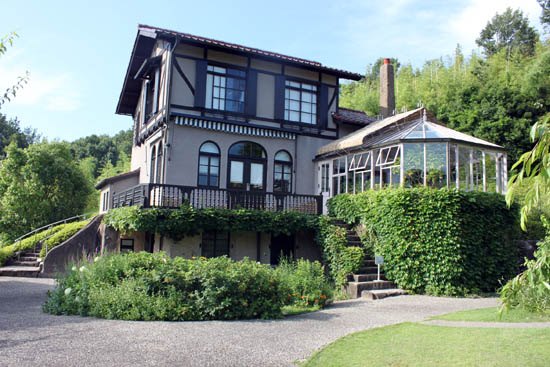




























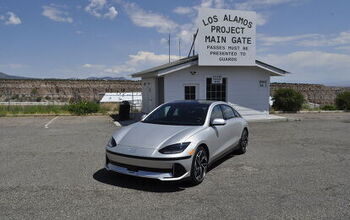





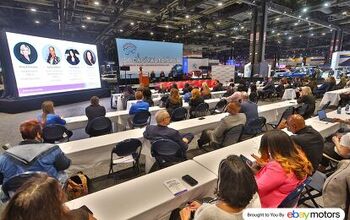

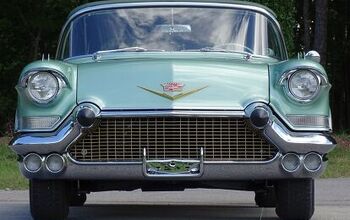
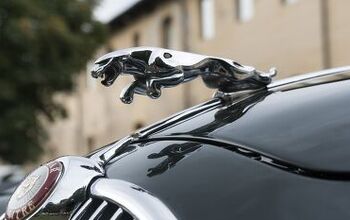
Comments
Join the conversation
Cannot wait to ses how that tree get's cut down. Real grudges go down generations in East-Asian society.
Thanks for the amplifications Bertel. (I did also find somebody's comment about the english-subtitled tablet under the tree instructive and enlightening ... which aligns well with the adage: "with a message, always consider your audience" ... and wondered if the real message is "the only way to go forward, is by going back and honoring that which served us so well for so long...") I got to thinking about the whole "companies often fail in the 2nd or 3rd generation (because the values of the founder fail to become a transending theme because they fail to be imbued into his descendents, or the values themselves are not adaptable to change) thing. Was thinking about Krupp: - the family kept the little cabin of the founder in the Werksgelände, long after the earlier descendents had built Villa Hugel, or were sodomizing their boy toys on Capri, or the last descendent flying around in his Jet-Star and living a decadent lifestyle on Sylt and Rio (as the business, the family tradition, the legacy his father built-up for him; in short, his birth-right cratered into bankruptcy, restructuring, care-taker ownership, and a kind of GM-like rudderless existance... Then thought of Thyssen: - the old man found his success much quicker, restored a castle, rubbed elbows with Adenauer (German Chancellor), but in the end, the family devolved into a bunch of unhappy, squabbling, drunk collectors of often-derided, oftentimes minor, artwork. Or Carnegie (US-Steel), or the New York Central System (the pride of the Vanderbilts), or newer technologies that came after steel, connected with names like Westinghouse, Edison, or Bell, or that came after cars (like Douglas, McDonnel, Grumman, Northrup, Hughes, Lougheed, Wright, Curtiss, etc., or Galvin Mfg.) And all of the car companies, even with a much shorter time-span between the founder, the descendents who sold-out or were taken-over, and in the process whos founding families and principles have been washed out to sea over time... And it occurred to me, that Toyota is really very unusual, in that it is probably the most stable (from a DNA perspective) of all the companies with a family member somewhere in the management (like Ford, Peugeot, or holding shares like BMW or re-agglomerated like VW ) ... But, I am still wondering how Kiichiro-san's descendents are living today, do they have the little house on the hill sensibility, or have they also moved-on to the often G5-flying, mega-yacht sailing, sometimes scandal-sheet-sizzling-affair lifestyles of many of their competitor companies founding families? p.s. House looks like a japanese-interpretation of a swiss-style cottage... here's an austrian-interpretation of the swiss-cottage motif: http://www.feldkirch.at/stadt/bildergalerie/11.-mai-2011-besichtigung-der-parkanlage-margarethenkapf/img_5639.jpg